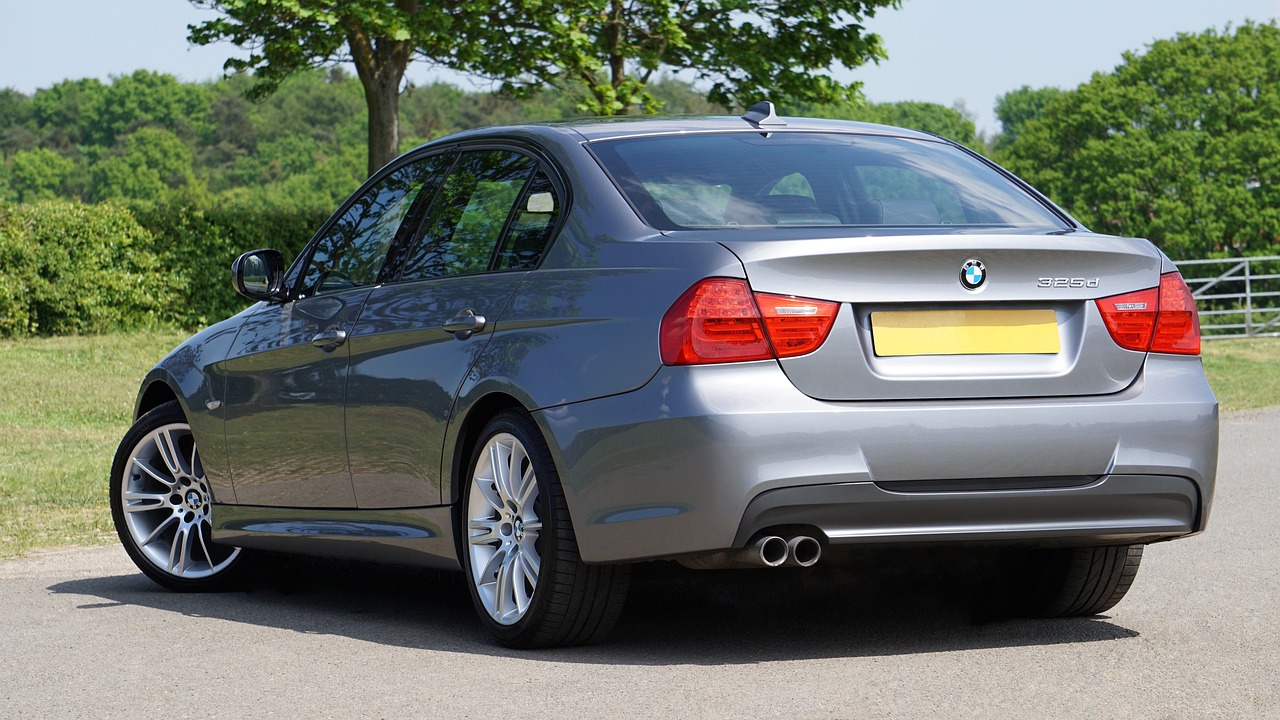How to Safely Drive in Rainy Conditions
Rainy conditions can present various warning signs that can help us prepare and stay safe while driving. One common indicator is the darkening of the sky, as dark clouds often signal the possibility of rain. Additionally, a sudden drop in temperature can also be a sign that rain is approaching.
Another key sign of rainy conditions is the increased presence of fog or mist in the air. Reduced visibility due to fog can make driving more dangerous, so it is important to exercise caution and adapt your driving speed accordingly. Keep an eye out for wet road surfaces, as even light rain can create slippery conditions that impact your vehicle’s traction.
Understanding the Importance of Visibility
Maintaining good visibility while driving is crucial for ensuring safety on the road. Poor visibility can lead to accidents, especially during adverse weather conditions such as heavy rain or fog. It is essential for drivers to be able to see clearly in order to react promptly to any unexpected situations that may arise.
Visibility is not only about seeing what is ahead of you but also being seen by other drivers. Using headlights and taillights appropriately can help improve visibility and make it easier for other motorists to spot your vehicle. Additionally, keeping your windshield clean and free from any obstructions will further enhance visibility, allowing you to navigate the road more effectively.
Maintaining a Safe Following Distance
When driving in adverse weather conditions such as rain, maintaining a safe following distance becomes crucial for ensuring road safety. The reduced visibility and slippery road surfaces can lead to sudden braking or skidding, making it essential to have enough space between your vehicle and the one in front of you. This distance should allow for ample reaction time in case of unexpected stops or maneuvers by other drivers.
By keeping a safe following distance, you also minimize the risk of rear-end collisions, which are common in rainy conditions. Tailgating can be particularly dangerous when roads are wet, as it increases the likelihood of losing control of your vehicle when trying to brake suddenly. Remember, it’s better to arrive at your destination a few minutes late than to compromise safety by driving too closely to the vehicle ahead of you.





